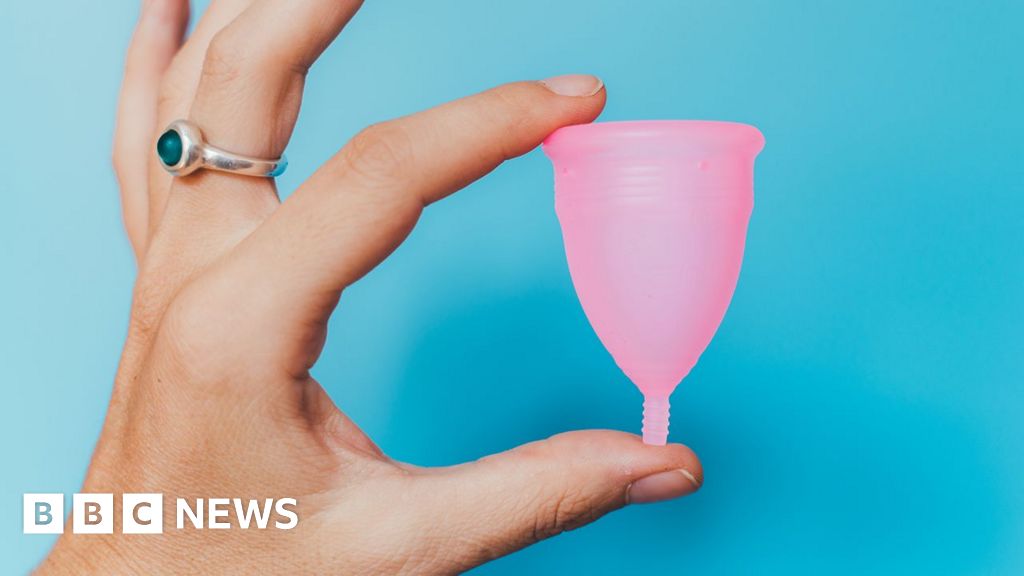
Healthcare professionals are cautioning women about the proper use of menstrual cups, following a case where a user encountered temporary kidney issues due to improper alignment of the device.
The affected woman, in her 30s, experienced ongoing pelvic discomfort and noticed blood in her urine for several months but did not associate these symptoms with her menstrual cup, which is designed to collect menstrual flow.
Although such incidents are very rare, a misplaced menstrual cup can exert pressure on surrounding structures, including the ureters, which are the tubes that transport urine to the bladder. This information was shared by Danish doctors in the British Medical Journal.
It is crucial for users to choose the right size and ensure proper placement of the cup, as emphasized by medical experts.
Although the patient fully recovered, doctors advise maintaining correct positioning, along with selecting an appropriate cup shape and size, to help mitigate any adverse effects on the upper urinary tract.
“Menstrual cups can be acquired and used without professional medical consultation, highlighting the need for comprehensive and clear educational materials for users,” they stated.
Menstrual cups are a reusable and eco-friendly alternative to traditional products like pads and tampons.
Made from soft silicone or rubber, these cups can hold between 20 to 30ml (approximately two tablespoons) of menstrual fluid when inserted correctly. Users can remove, empty, clean, and reinsert the cups every four to eight hours, depending on their flow.
There are various models available, catering to different body types for optimal fit.
Smaller sizes are available for younger users or those who haven’t given birth, making them suitable for all women, including those who are virgins.
First-time users may find menstrual cups challenging to remove; a survey involving 530 young individuals revealed that many struggled with removal on their initial attempts and even sought assistance.
After insertion, menstrual cups create a suction seal to prevent any blood leakage. When it’s time to remove the cup, experts advise against simply tugging on the stem. Instead, users should pinch the base of the cup to break the seal and gently wiggle it out, according to physiotherapist Dr. Kate Lough, who specializes in pelvic health.
Dr. Lough mentions that it may take several cycles for women to feel fully comfortable using a menstrual cup, emphasizing that it should never cause pain. She stated to BBC News: “Typically, they are very safe to use. When placed correctly, you shouldn’t even notice it.”
Menstrual cups come in various shapes, sizes, and firmness levels. Dr. Lough encourages users to explore different options to find the perfect match for their needs.
For women with a recently inserted contraceptive coil, there exists a slight possibility that the suction from the cup could dislodge it. Should this happen, and if the threads are not visible, manufacturers advise using additional birth control measures and consulting a medical professional for guidance.
Menstrual discs, a similar product, are positioned higher in the vaginal canal, directly beneath the cervix.









